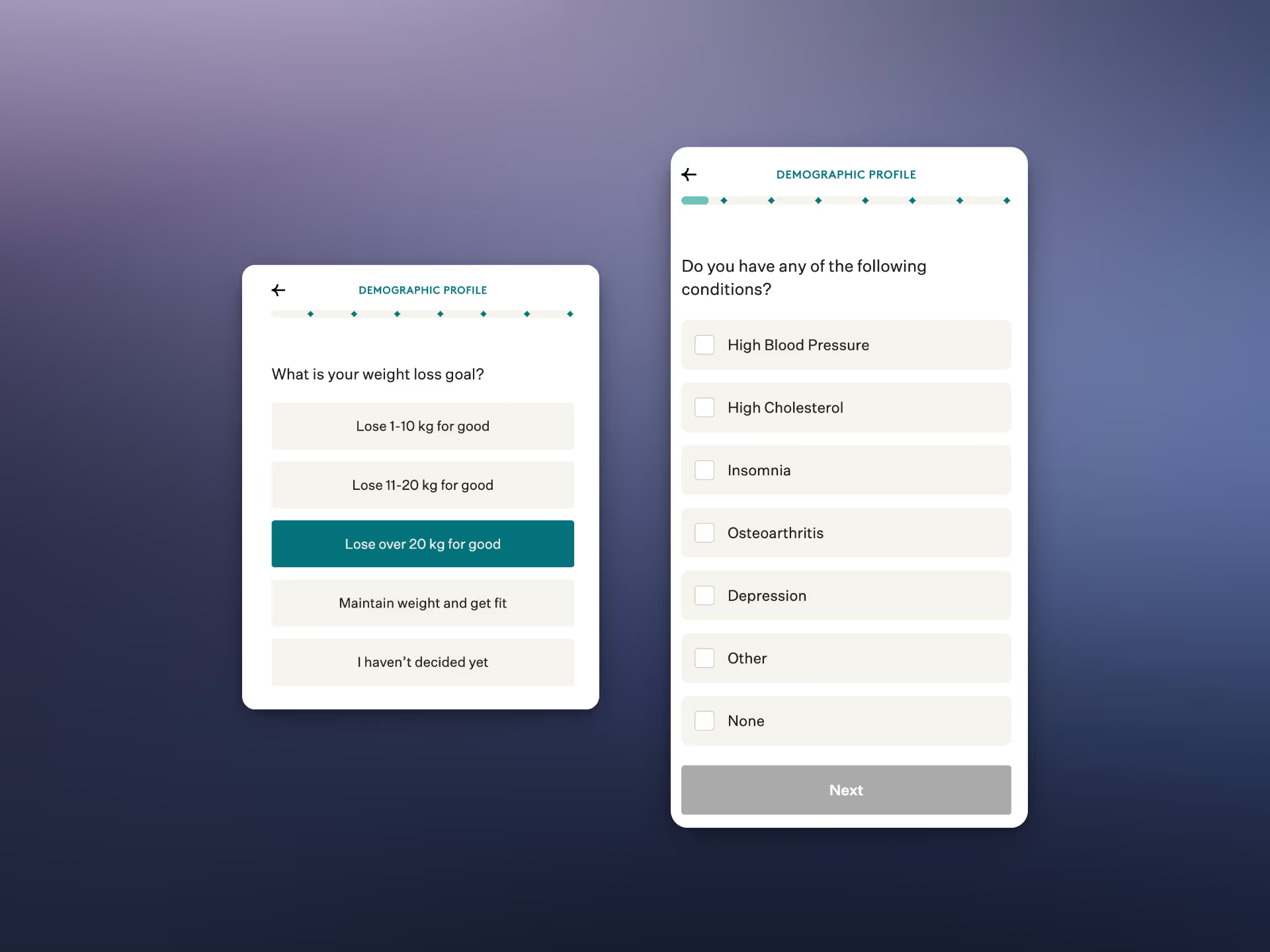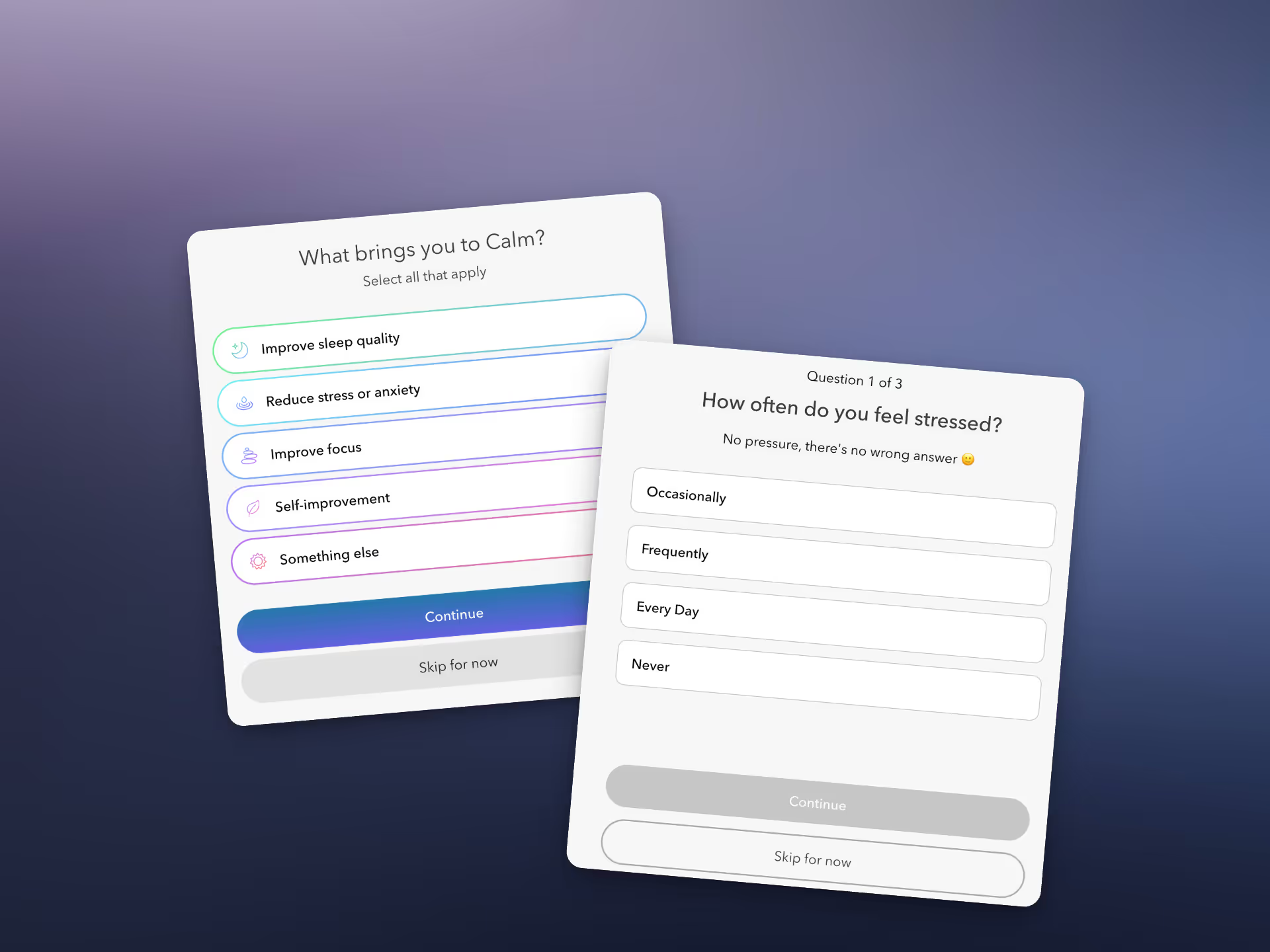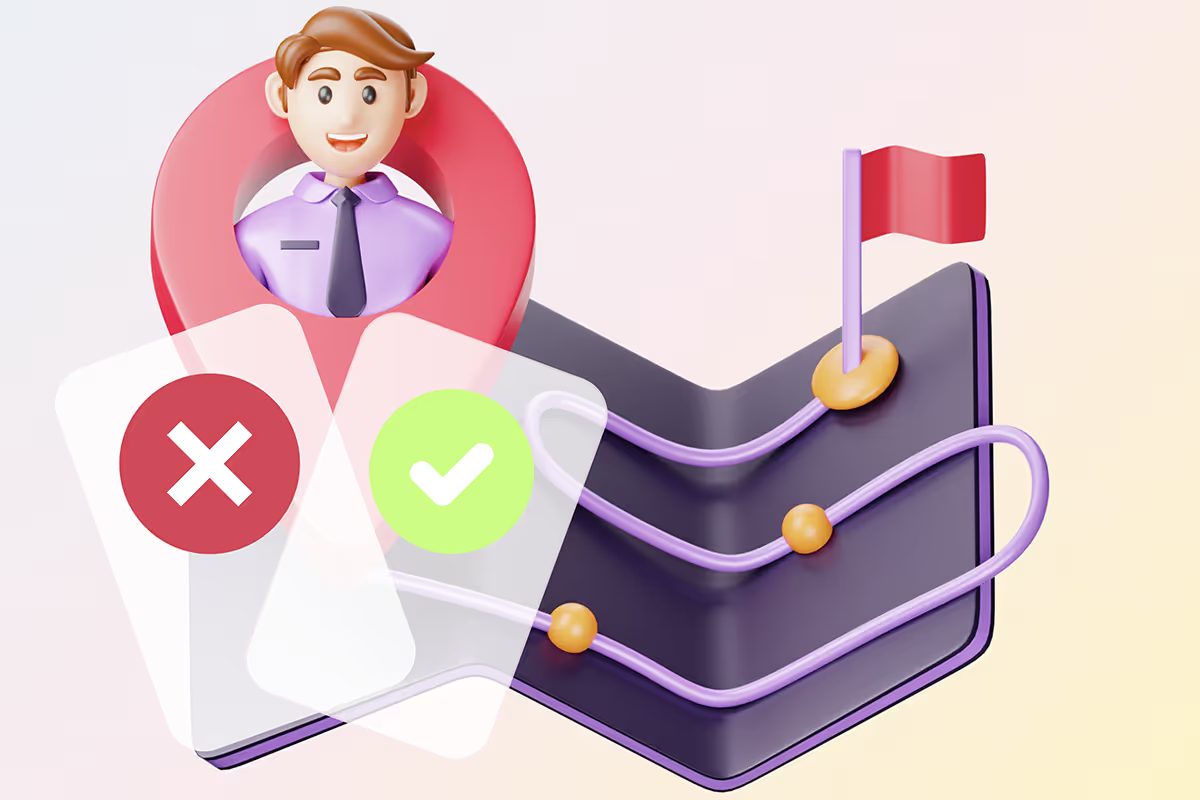💡 TL;DR: Stop losing 70% of visitors in the first 10 seconds. Learn why intro cards kill conversions and discover the proven funnel structure that gets people to the end of your flow.
📊 The Problem
You've built what looks like the perfect funnel. Nice design, compelling copy, clear call-to-action. But somehow, you're losing most of your visitors before they even get started.
Sound familiar?
If your funnel completion rate is under 50%, the problem isn't your offer or your traffic. The problem is likely your first three cards.
❌ The Fatal Funnel Mistake 99% of Creators Make
Here's what most funnel builders do wrong: they start with themselves instead of their visitor's problem.
Common funnel killers:
- ❌ "Welcome to my funnel!"
- ❌ "Hi, I'm Julieta and I help..."
- ❌ "Before we begin, let me explain..."
- ❌ "This quick quiz will help you..."
These intro cards feel polite and professional. But they're conversion killers.
🧠 Why intro cards destroy engagement:
✅ The Funnel Structure That Actually Converts
Let's look at a real example that works well.
Instead of this broken flow:
- 🚫 "Welcome! I'm going to help you with menopause"
- 🚫 "This quick assessment takes 2 minutes"
- 🚫 "Let me tell you about my background"
- 🚫 "Now, let's start with your first question..."
Try this high-converting structure:
- ✅ Jump straight in: "Where are you in your menopause journey right now?"
- ✅ Dig deeper: "What's your biggest challenge with [their answer]?"
- ✅ Understand impact: "How is this affecting your daily life?"
- ✅ Build hope: "Here's what worked for Lisa (just like you)..."
- ✅ Capture email: "Get your personalized results sent to your inbox"
🎯 The "Job-to-Be-Done" Hook Formula
The most successful funnels start with what marketers call a "job-to-be-done" question. This means focusing on what your visitor is trying to accomplish right now.
Weak hooks (about you):
- 🚫 "I help busy moms lose weight"
- 🚫 "My fitness program has helped thousands"
- 🚫 "Let me share my transformation story"
Strong hooks (about their job-to-be-done):
- ✅ "What's your biggest weight loss challenge right now?"
- ✅ "How much weight do you want to lose in the next 90 days?"
- ✅ "What stops you from working out consistently?"
📈 Real Industry Examples: Good Structure in Action
Let's examine actual funnels from successful companies that demonstrate the "jump straight to questions" principle:
Example 1: Noom's Weight Loss Funnel

What they do right:
- Immediately asks "What's your weight loss goal?" (no welcome screen)
- Follows with specific situation questions
- Builds user profile through progressive questions
- No company introduction or explanation of what the quiz does
Example 2: Blinkist's Learning Assessment

What they do right:
- Starts directly with user segmentation question
- No company introduction or welcome message
- Each question builds toward personalized recommendations
- Focuses on user data, not company information
Example 3: Calm's Meditation Onboarding

What they do right:
- Opens with "What brings you to Calm today?"
- Immediate problem/goal identification
- Customizes experience based on first answer
- No explanatory text about features or benefits upfront
What These Examples Show:
All three successful companies follow the same pattern: they skip introductions and jump straight to understanding the user's situation. No welcome screens, no company bios, no explanations of what the process will do.
🧠 The Psychology Behind High-Converting Funnels
Why jumping straight to questions works better:
The progression that keeps people clicking:
- Card 1: Identify their main problem/goal
- Card 2: Understand their specific situation
- Card 3: Explore what they've tried before
- Card 4: Show social proof from someone similar
- Card 5: Promise personalized results via email
🔍 How to Audit Your Existing Funnels
🚨 Red flags that indicate your funnel needs fixing:
- ❌ Low completion rates
- ❌ Most people quit on cards 1-3
- ❌ Your first card mentions you or your company
- ❌ You explain what the funnel will do before starting
- ❌ People need to click more than once before answering a real question
🟢 Green flags of high-converting funnels:
- ✅ First question addresses their biggest pain point
- ✅ Every card builds on the previous answer
- ✅ Social proof appears around cards 4-5
- ✅ Email collection comes after value is established
⚡ The 30-Second Funnel Fix
Here's how to quickly improve any underperforming funnel:
- Delete your welcome screen - Start with a problem-focused question
- Move your bio - Save introductions for after they're invested
- Lead with their pain - Address their job-to-be-done immediately
- Add social proof strategically - Show success stories mid-funnel
- Earn the email - Make them want the results before asking for contact info
🤔 Common Objections (And Why They're Wrong)
- "But I need to introduce myself and build credibility"
Your credibility comes from understanding their problem and showing relevant results. A stranger asking the right question is more trustworthy than an expert talking about themselves.
- "People expect some context before jumping into questions"
Mobile users are trained to expect immediate value. Every extra second of "context" increases your abandonment rate.
- "My funnel needs to explain what it does"
Your funnel should demonstrate what it does through the experience, not explain it through text. Show, don't tell.
🎯 What to Do Right Now
🎉 Key Differences
The difference between a 30% and 80% completion rate often comes down to those first crucial seconds. Stop introducing yourself and start solving their problems.
Your visitors don’t care about your credentials until they believe you understand their situation. Lead with their pain, and they’ll stay for your solution.
Build better funnels with AI
Getting those first three cards right shouldn’t be guesswork.
Passion Funnels uses AI to create funnels that hook visitors from the start. It understands what we just covered: lead with the problem, not your bio. Paige AI structures your entire funnel around proven conversion principles.
Try Passion Funnels free →














